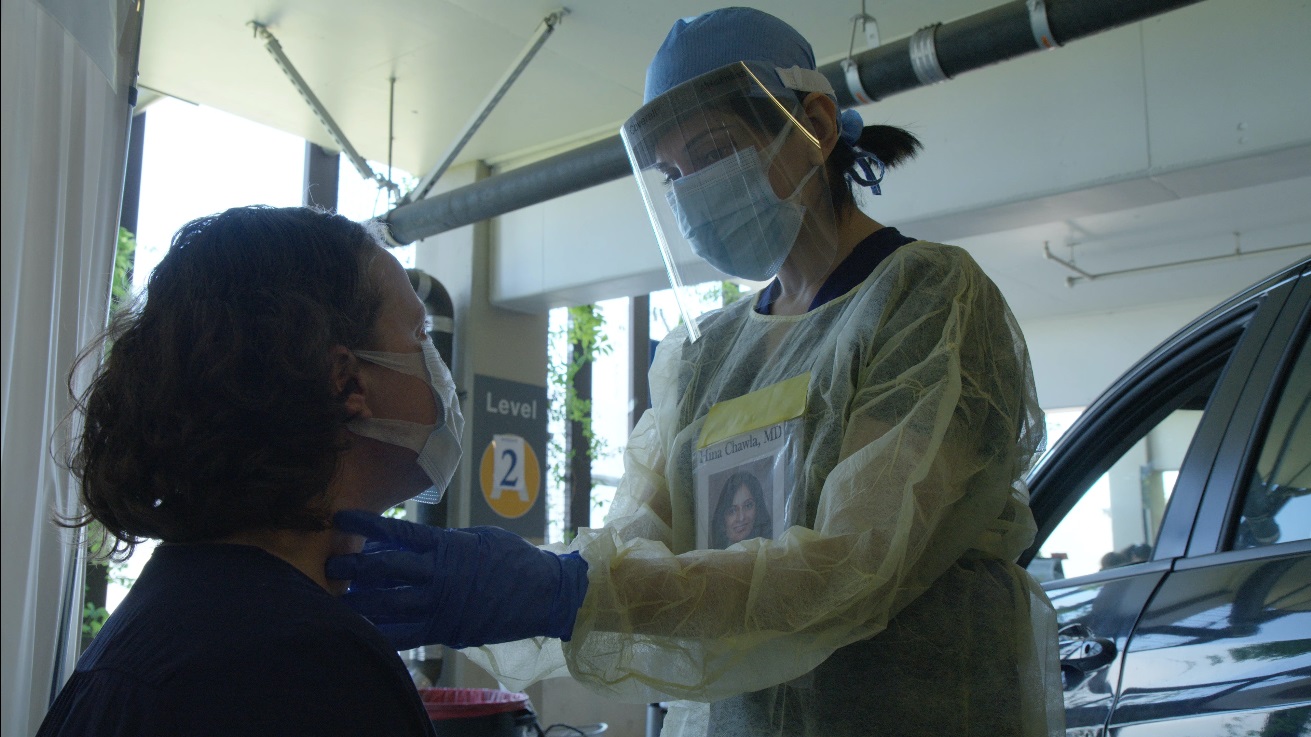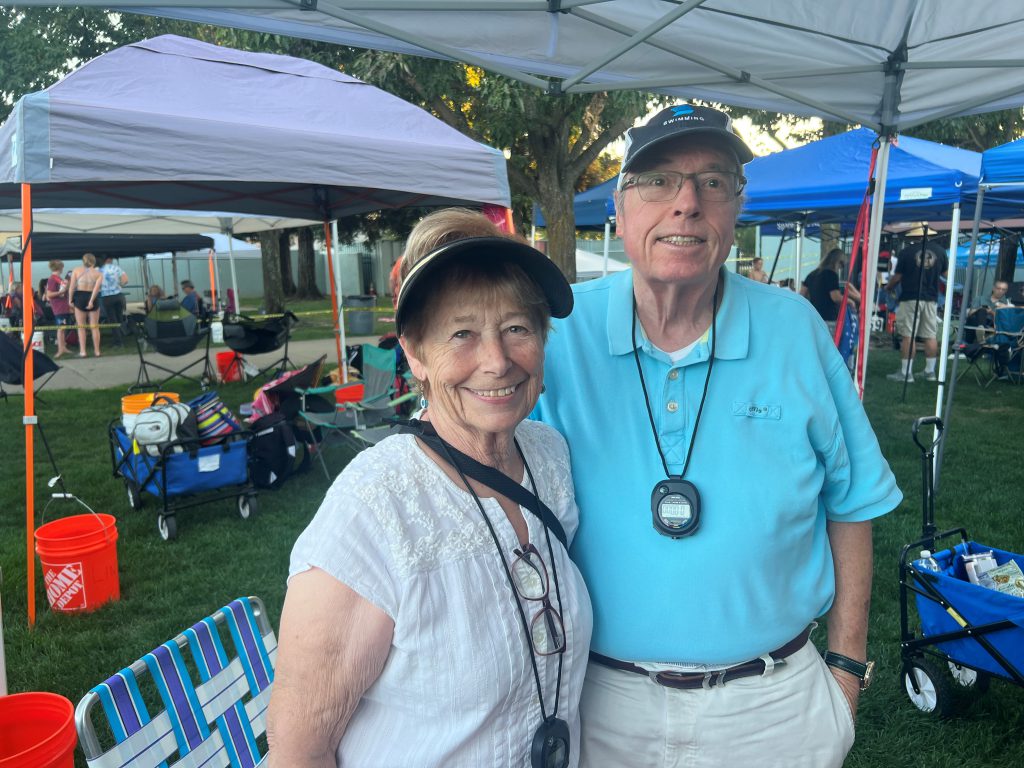By Emma Dugas, Vitals contributor
BAY AREA, Calif. – It is second nature for people to visit their doctor’s office or an urgent care center when they’re sick — or are worried they might be. In early March doctors across the Sutter Bay Medical Foundation prepared for patient demand at these locations by developing Respiratory Care Clinics (RCCs); an outdoor exam experience that keeps potentially contagious people distanced from those that aren’t, while allowing all who need in-person care to receive it.
“We always knew patients would have concerns that were serious enough to need an in-person exam, but not urgent enough for a trip to the emergency room,” said Kurt Vandevort, M.D., inter-regional medical director for the Palo Alto Foundation Medical Group, part of the Sutter Medical Network. “As community-based providers this middle level of care is what we do best, so it was incumbent on us to find a way to keep providing it, safely.”
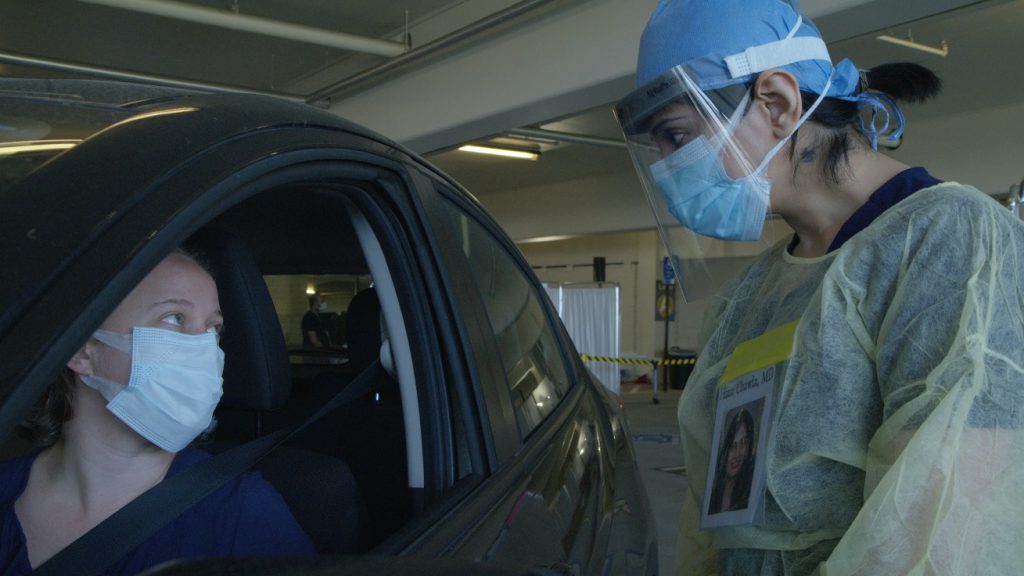
By March 16th the Sutter Bay Medical Foundation had established fifteen RCCs in cities across the Bay Area, each seeing patients with COVID-19 concerning symptoms (or who reported a potential exposure to the coronavirus), outside of a nearby medical building that needed to stay open and clean for patients with urgent or medically necessary needs unrelated to COVID.
A month into their operation reporters from The Mercury News and San Francisco Chronicle took notice and wrote about these MASH-like clinics. Now, as Sutter Health resumes more routine patient visits, the RCCs will continue to separate patients with respiratory symptoms from those without, to reduce the risk of exposure to viruses, including the novel coronavirus. Read below to learn more about how the RCCs work and what to expect if you are directed to one.
Call First
Sutter Health is focused on helping ensure patients have access to the right level of care to match their medical need, but we also understand that sometimes that’s hard for people to gauge. That’s why Sutter Health set up the COVID-19 Advice Line at 1-866-961-2889.
Staffed by a team of nurses from 8 a.m. – 6 p.m., seven days a week, every caller is screened for symptoms linked to coronavirus. Callers are then directed to the most appropriate level of care based on the severity of their symptoms. Patients may be directed to self-monitor at home, to see a provider by video visit or to come to an RCC location where they can receive an in-person exam.
“By linking the RCCs to a pre-screening process (by phone or after a video visit) we can ensure patients coming to RCC do need to be seen in-person, and aren’t ill enough to go straight to the emergency room,” said Dr. Vandevort, who is also the medical director of the RCCs established throughout the Palo Alto Medical Foundation footprint. “When patients arrive at the RCC we also have some information about their chief concerns, thanks to notes entered in our electronic medical record.”
Different, by design
A physical exam in a parking lot or garage is strange, but the safety that these setting offer is worth the weird-factor. “To protect patients, staff and the community we designed the RCCs to first and fore-most prevent transmission of any virus from a contagious person; that’s why most of them are outdoors and anyone who comes within six feet of the patient is in full personal protective equipment” said Dr. Vandevort. “At the same time we took great pains to try to make the experience similar to what patients are used to when they go to the doctor or urgent care.”
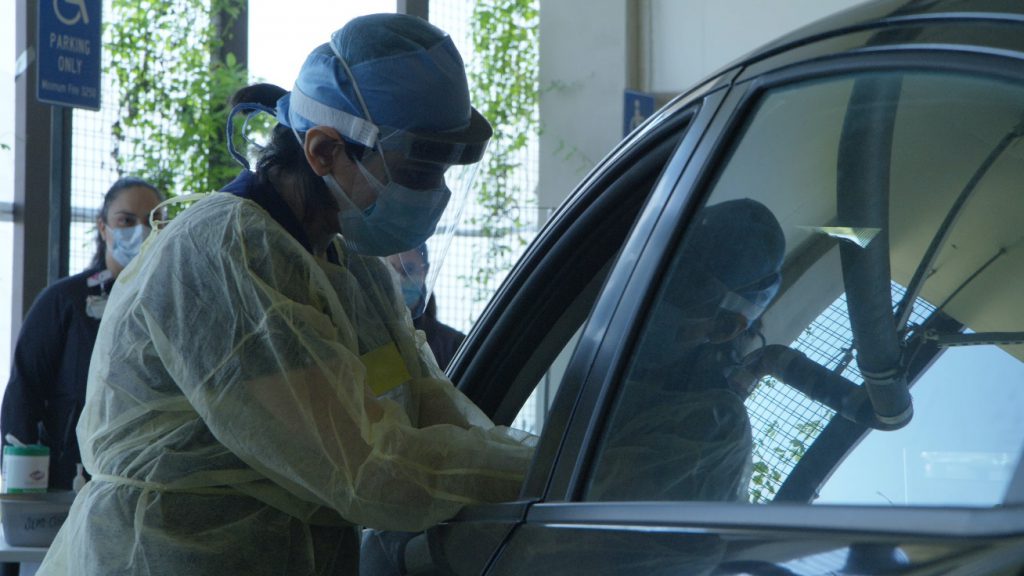
The outdoor RCCs all have a contact-free arrival process, allowing patients to drive-up and call a phone number to “check-in” for their appointment. At every stage of the visit the patient is distanced from others by either staying in their car or in a marked off space within an exam bay.
In addition to an initial temperature check, patients will have their lungs listened to with a stethoscope, have their blood oxygen saturation checked, have their medical history and medications reviewed, and may be tested for coronavirus or the flu if symptoms indicate they should be. Depending on medical need, patients will also receive additional tests and procedures, including imaging scans, blood draws, heart monitoring and more.
The few indoor RCCs are all in buildings, or sections of buildings, that can safely be separated from other areas where patients who don’t have respiratory symptoms are being seen. The indoor RCCs have implemented all the necessary transmission precautions to ensure that spread of a virus from patient to patient or patient to staff is prevented.
Not Just COVID Care
In addition to screening and treating respiratory complaints, the RCCs have filled another important role; addressing non-respiratory related issues reported by patients who have symptoms linked to COVID (fever, cough, shortness of breath). “Just because COVID-19 is here, that doesn’t mean that other illnesses and injuries go away,” said Dr. Vandevort. “One of the best things about the RCCs is that you are being evaluated by a physician who can treat a wide variety of minor illnesses or injuries, prescribe medications or make a dosage change to an existing medication, and otherwise address a whole host of concerns. It’s what we do every day, and in these safe settings, we can keep doing our job even for patients who may have a virus and be contagious.”
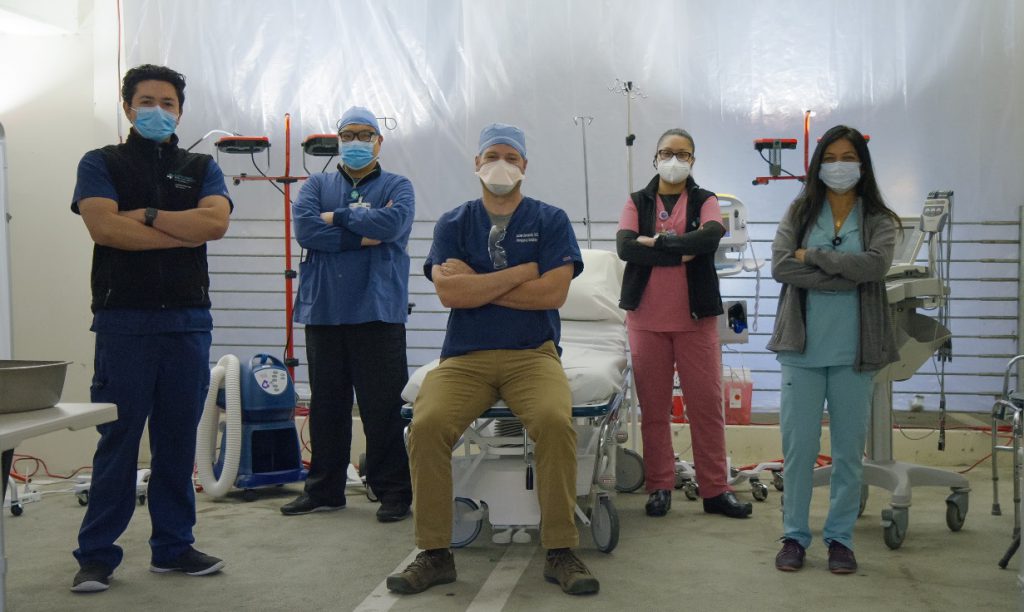
In the short time the RCCs have been up and running, doctors staffing them have made unexpectedly important diagnoses and delivered increasingly complex care. “We’ve seen and treated conditions ranging from an appendicitis, to a swallowed fish bone, to an infection requiring IV antibiotics. We’ve done a lot of good.”
Twice the Team
It’s not easy to run two clinics (one regular and one RCC), simultaneously, just feet apart, but for the safety of our patients and providers that is what we’ve done. “We had to reassign doctors and nurses so we had coverage in both the RCC and the regular urgent care at the same time, some staff now act as a front-door attendants making sure that patients are directed to the right clinic based on their symptoms, and others are runners shuttling supplies between the two spaces.”
All this investment was made for one reason: to prevent the spread of illness. But the RCCs have had several secondary benefits too.
“We’re also helping to preserve hospital capacity by keeping patients from going to the emergency department unnecessarily.” You wouldn’t normally go to the ER for a fever, and the RCCs make sure our smart use of resources stays intact, even during a pandemic.
At the same time, the RCCs have helped refer patients to a higher level of care when that was needed. “Our job is to help stabilize people so they can safely return home, but when their symptoms are serious we help get them to the hospital.”

